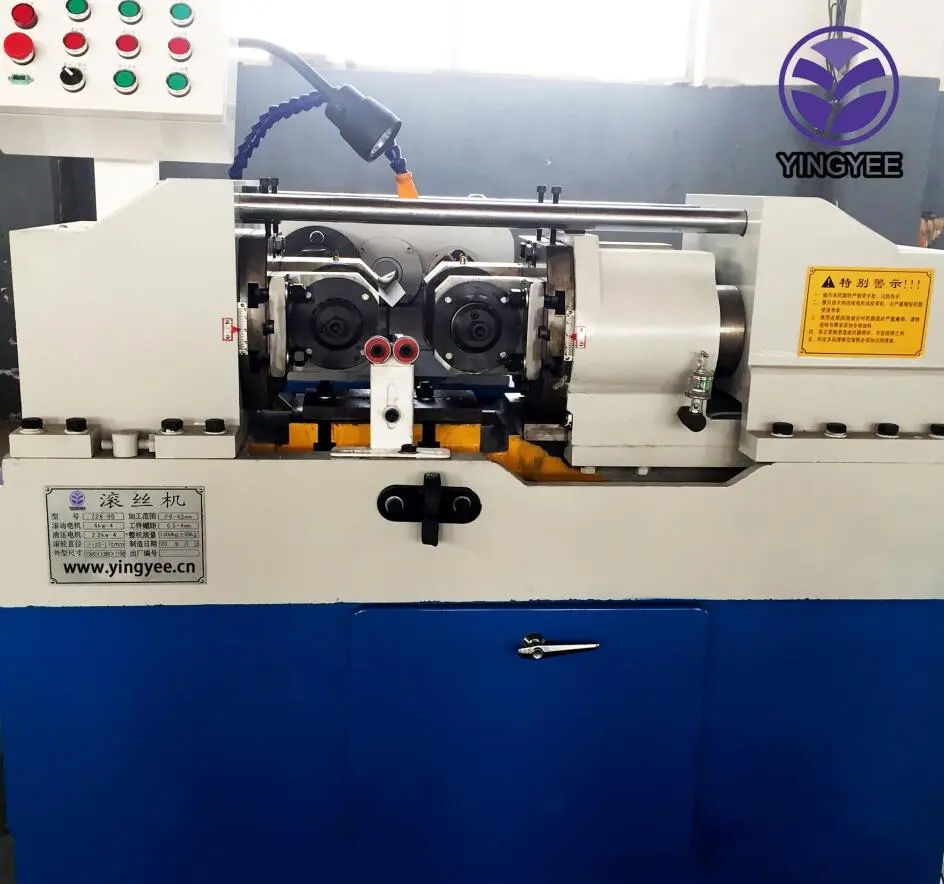
The Cable Tray Production Line An Overview
In today's fast-paced industrial landscape, the demand for efficient and reliable cable management systems has never been greater. At the forefront of this sector is the cable tray production line, a specialized manufacturing system designed to produce high-quality cable trays that are essential for organizing and supporting electrical wiring in commercial, industrial, and residential applications.
Understanding Cable Trays
Before delving into the production line, it is essential to understand what cable trays are. A cable tray is a structural system that supports insulated electrical cables used for power distribution and communication. These trays come in various materials, including steel, aluminum, and fiberglass, and are designed to facilitate cable management by providing a safe and organized pathway for cables. They are particularly useful in applications where cables must be routed over long distances or through complex pathways.
Components of a Cable Tray Production Line
A cable tray production line typically comprises several essential components that work together harmoniously to create a finished product. These components include
1. Raw Material Handling The production process begins with the procurement and handling of raw materials. Steel sheets or other materials are sourced and prepared for processing. This stage involves cutting and shaping the raw materials to be fed into the production line.
2. Forming and Fabrication Equipment The next step involves various machines that mold the flat raw materials into the desired tray shapes. This includes processes like roll forming, punch pressing, and bending. Advanced CNC (Computer Numerical Control) machines enhance precision in creating specific dimensions and shapes, ensuring that the trays meet industry standards.
3. Welding Stations Many cable trays require welding to join different sections or add features. Automated welding stations can execute these tasks quickly and accurately, making the process highly efficient while maintaining consistent quality.
4. Surface Treatment After the trays are formed and welded, they undergo a surface treatment process. This is crucial to enhance durability and resistance to environmental factors. Common treatments include galvanization, powder coating, or anodizing, depending on the material used and the intended application of the trays.

5. Quality Control Throughout the production process, quality control measures are implemented to detect any defects or inconsistencies. This includes visual inspections, as well as testing the physical properties of the trays. Rigorous quality standards are essential to ensure that the finished products can withstand the stresses of various electrical setups.
6. Packaging and Shipping Once the cable trays pass quality checks, they are prepared for packaging. Proper packaging is crucial to protect the trays during transportation. Efficient logistics management ensures that products reach customers in a timely manner, whether they are local or international.
The Importance of Automation
Modern cable tray production lines increasingly integrate automation and advanced technologies. Automation enhances efficiency, reduces labor costs, and minimizes human error, allowing manufacturers to meet high demand while maintaining quality. Robotics play a significant role, particularly in repetitive tasks such as welding, packing, and quality inspections.
Additionally, Industry 4.0 advancements, such as IoT (Internet of Things) sensors and data analytics, are being incorporated into production lines. These technologies enable real-time monitoring of production processes, allowing manufacturers to optimize operations, reduce waste, and enhance overall productivity.
Sustainability in Production
Sustainability is becoming a vital consideration in the manufacturing sector, including cable tray production. Many manufacturers are now focusing on using recycled materials and adopting energy-efficient processes. Implementing sustainable practices not only helps reduce environmental impact but also meets the growing demand from consumers and businesses for environmentally friendly products.
Conclusion
The cable tray production line is a testament to modern manufacturing capabilities, combining sophisticated technology, skilled labor, and a commitment to quality. With the ongoing growth in electrical infrastructure and networking needs, the importance of efficient cable management systems cannot be overstated. As technology continues to evolve, manufacturers will likely innovate their production processes, further improving the efficiency and sustainability of cable tray production. By understanding the intricacies of the production line, stakeholders can better appreciate the significance of cable trays in our increasingly connected world.